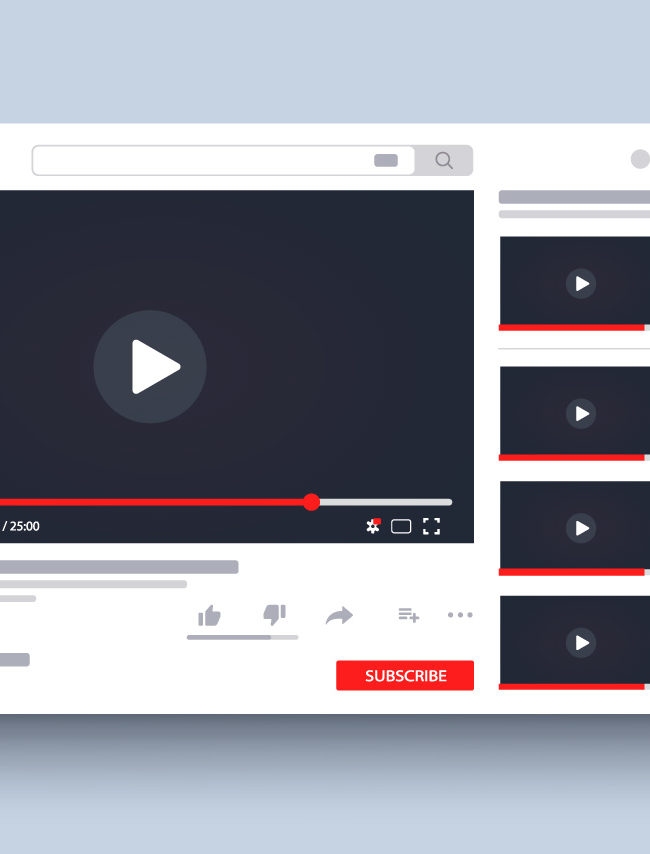
By Vikas Pillai | Head of Creative
The digital onslaught is transforming marketing and everything in the creative sphere has had to evolve and the creative brief is no exception.
We’re witnessing a monumental shift of advertising dollars moving away from traditional media and into Google and Facebook and the advertising industry being transformed by the programmatic targeting capabilities of these platforms. Marketing personalization, brand safety, digital ad fraud, advanced targeting, real-time data visualization, ad-tech (proliferation), programmatic TV, data privacy, micro-influencer networks, agile planning, web AR, vertical video, DSPs, OLV, look-alike modeling, real-time bidding, shoppable video…
The very understanding of marketing and advertising has undergone a tremendous change in a very short span of time.
The go to market journey has changed
Consumers and competitors move so fast in a digital world that planning cycles are getting shorter (often under three months) so marketing operations have to stay agile by being flexible on priorities and highly adaptable to react to any consumer or competitor move. Moreover, consumers have higher expectations for the overall brand experience and expect simplicity and ease through the customer journey across digital platforms, e-commerce, customer service, etc.
In the past, an annual brand tracker study might provide the performance metrics to inform changes to the marketing strategy; but today there is a mountain to climb with real-time data that brings many new insights (all of the time) into what is working on a micro level.
Business intelligence and A.I. is being applied throughout the supply chain from predicting consumer purchases to managing real-time inventory – making it a shorter and faster path from product creation to fulfilling a consumer need. The role of creative in advertising is impacted by digital targeting and ad unit formats as there is a greater emphasis on communicating functional benefits and driving lower-funnel purchase conversion. There is a diminished need of the big idea awareness driven creative campaigns that rely on the long-form emotional brand storytelling that big budget commercials used to provide.
What does this change mean for the creative brief?
The creative brief can be a powerful tool when used correctly. It can be clear about the problem and explain the why behind the assignment which brings focus and purpose to message. It can identify a key consumer or cultural insight that sparks breakthrough ideas. It can help identify the category gaps along with the consumer pain points, providing powerful information used to define a creative hook.
But in a world of real-time consumer feedback, daily e-commerce sales data, and evolving look-alike targeting the creative brief needs to play a new role. The biggest reason being that creating and executing brand campaigns is no longer a linear process.
The digital consumer demands a better brand experience and data driven personalized creative messaging is what they expect. Hence an agency working on a product creative is tasked with making numerous different product messaging based on user data inputs and changing customer statistics. This is completely different thinking, and the impact on the creative process is significant.
The new, agile, real-time world of advertising makes it imperative for the creative brief to evolve. It needs to play a new role based on the extended scope of data driven insights and consumer dynamics that the messaging needs to address.
Today the brief needs to be an active document that can to be evaluated on the following parameters:
- Need for constant updates – The creative brief now runs in a tight circle, where insights and new guidelines are constantly driving updates. It needs to be an active document that is accessible by many stakeholders, versioning through updates over time. Thereby inspiring creative ideas that can evolve and are flexible to change in real time.
- KPIs and data inputs are a must – The new creative brief should include the KPIs and key creative learning data points for the brand and show a historical log of how those were optimized over time. Focusing on the key metrics helps to zero in on what would be the most effective creative approach while helping direct creative ideas connected to specific end goals.
- Think more micro than macro – As creative execution becomes more tactical and personalized; the creative brief should evolve to include segmentation and persona data and outline the customer journey for those audiences. These make the target audience more real and pushes the creative to be more personalized and contextual.
- It’s designed to be modular – Lastly creative briefs should be expected to stimulate a level of feedback from the various stakeholders. It should have the ability to add on new requirements or test campaigns easily. A one-page brand brief, for example, connected to half-page individual campaign briefs is one way of making the creative brief modular.
By evolving our thinking around the creative brief as a live guide, and by thinking on a micro level, we can start to use the creative brief as a smart tool that travels with the brand journey, evolving over time. This should drive more agile thinking and more effective creative iterations for testing and improving performance across channels. As advertising on digital media platforms gets more complex and online shopping continues to grow, it’s important for creatives and marketers to think differently and to use a trusted old tool in new ways to stay ahead.




